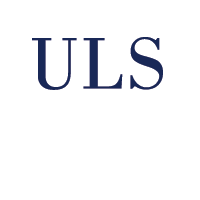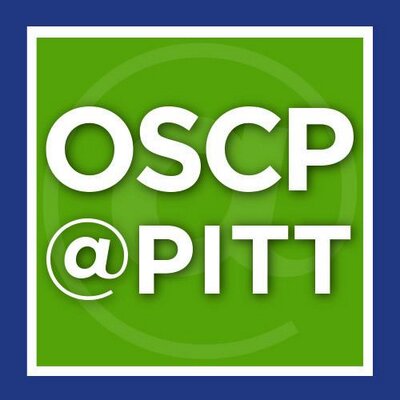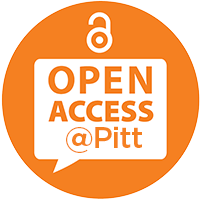Greene, Ashlee
(2022)
Engineering Formulations for the Treatment of Periodontal Disease.
Doctoral Dissertation, University of Pittsburgh.
(Unpublished)
Abstract
Periodontal disease (periodontitis) is a common disease that impacts approximately 46% of US adults over the age of 30 (~141 million people). Characterized by an overburden of invasive oral bacteria that triggers gum inflammation and plaque buildup, periodontitis results in pocket formation around the teeth and eventual gum and tooth loss. Current treatment options either combat the invasive bacteria and biofilm growth or target the inflammation and underlying immune imbalance. However, with recent advances in the field of controlled drug delivery and new understanding of the biological environment of the periodontium, new and revamped formulations could improve disease outcomes. Therefore, we developed three types of extended release, bioerodible microsphere formulations that can each resolve the unmet needs of currently available treatments with translational value for patients with varying forms of periodontitis.
In aim 1, in anticipation of FDA generic (ANDA) drug applications to replace a common periodontal adjunct antibiotic therapy (Arestin®), we use reverse engineering to determine critical microsphere design parameters. We then develop a panel of possible generics/comparator microsphere formulations to validate a novel dissolution device for FDA bioequivalence testing. In aim 2, we develop a one-pot formulation that encapsulates a natural product (cranberry extract) with stearic acid (SA) for a new, potential Johnson & Johnson consumer healthcare product. The addition of a bioadhesive (polyvinylpyrrolidone (PVP) or ethyl lauroyl arginate (LAE)) is studied for tooth surface/pellicle targeting and the prevention of biofilm growth in vitro. Lastly, in aim 3, we take a next generation approach to modulate a patient’s own immune balance to resolve disease. We develop a formulation with a combination of factors (IL2, TGFβ and rapamycin) for the local induction of regulatory T cells to bring the periodontium back to homeostasis. A murine, ligature-induced periodontitis animal model is used to assess the potential impact of our immunomodulatory formulation on periodontal disease prevention.
Share
| Citation/Export: |
|
| Social Networking: |
|
Details
| Item Type: |
University of Pittsburgh ETD
|
| Status: |
Unpublished |
| Creators/Authors: |
|
| ETD Committee: |
|
| Date: |
16 January 2022 |
| Date Type: |
Publication |
| Defense Date: |
23 August 2021 |
| Approval Date: |
16 January 2022 |
| Submission Date: |
26 October 2021 |
| Access Restriction: |
No restriction; Release the ETD for access worldwide immediately. |
| Number of Pages: |
137 |
| Institution: |
University of Pittsburgh |
| Schools and Programs: |
Swanson School of Engineering > Chemical Engineering |
| Degree: |
PhD - Doctor of Philosophy |
| Thesis Type: |
Doctoral Dissertation |
| Refereed: |
Yes |
| Uncontrolled Keywords: |
controlled release, drug delivery, microspheres, PLGA, immunomodulatory, Tregs |
| Date Deposited: |
16 Jan 2022 15:50 |
| Last Modified: |
16 Jan 2022 15:50 |
| URI: |
http://d-scholarship.pitt.edu/id/eprint/41871 |
Metrics
Monthly Views for the past 3 years
Plum Analytics
Actions (login required)
 |
View Item |








